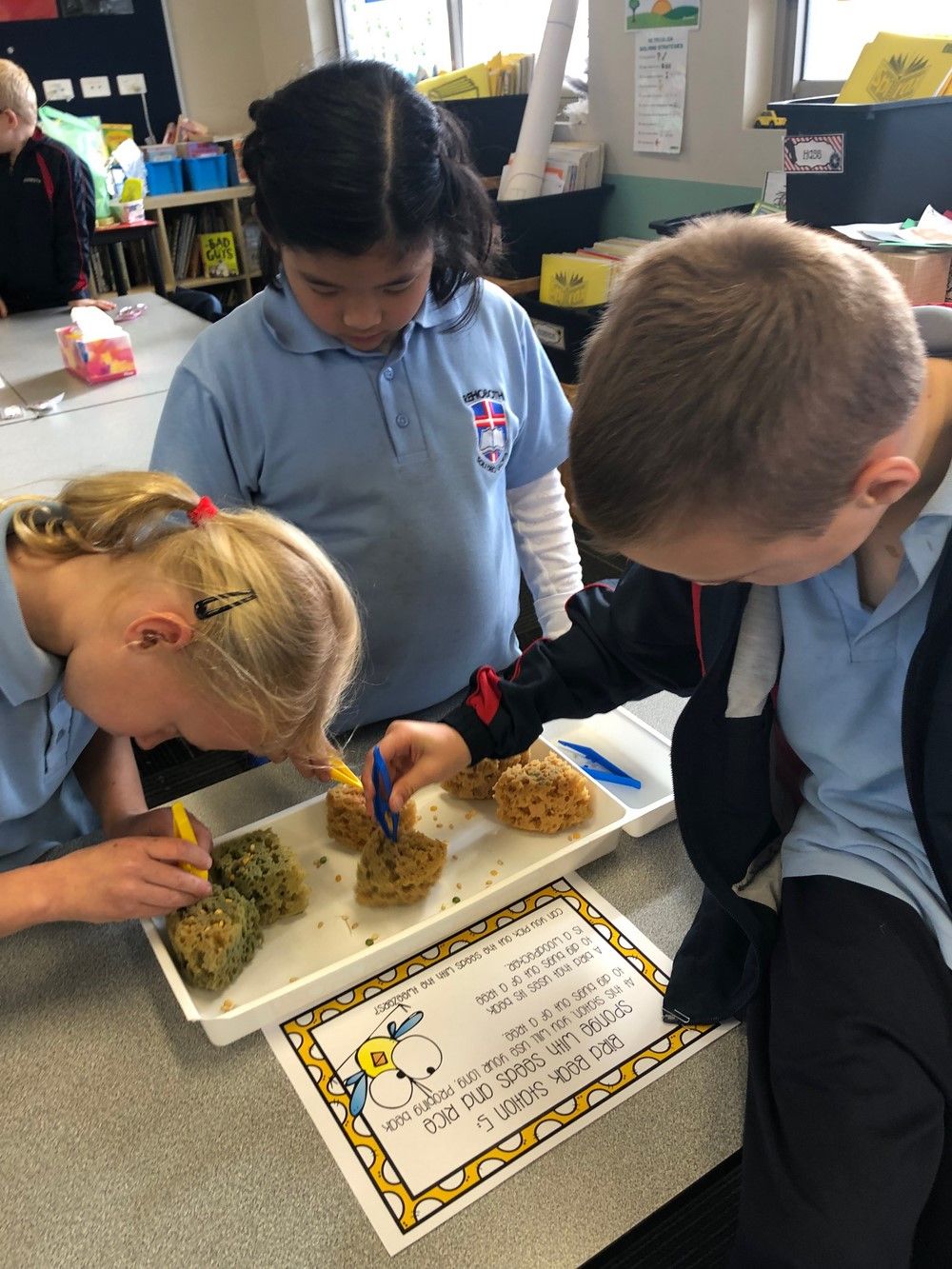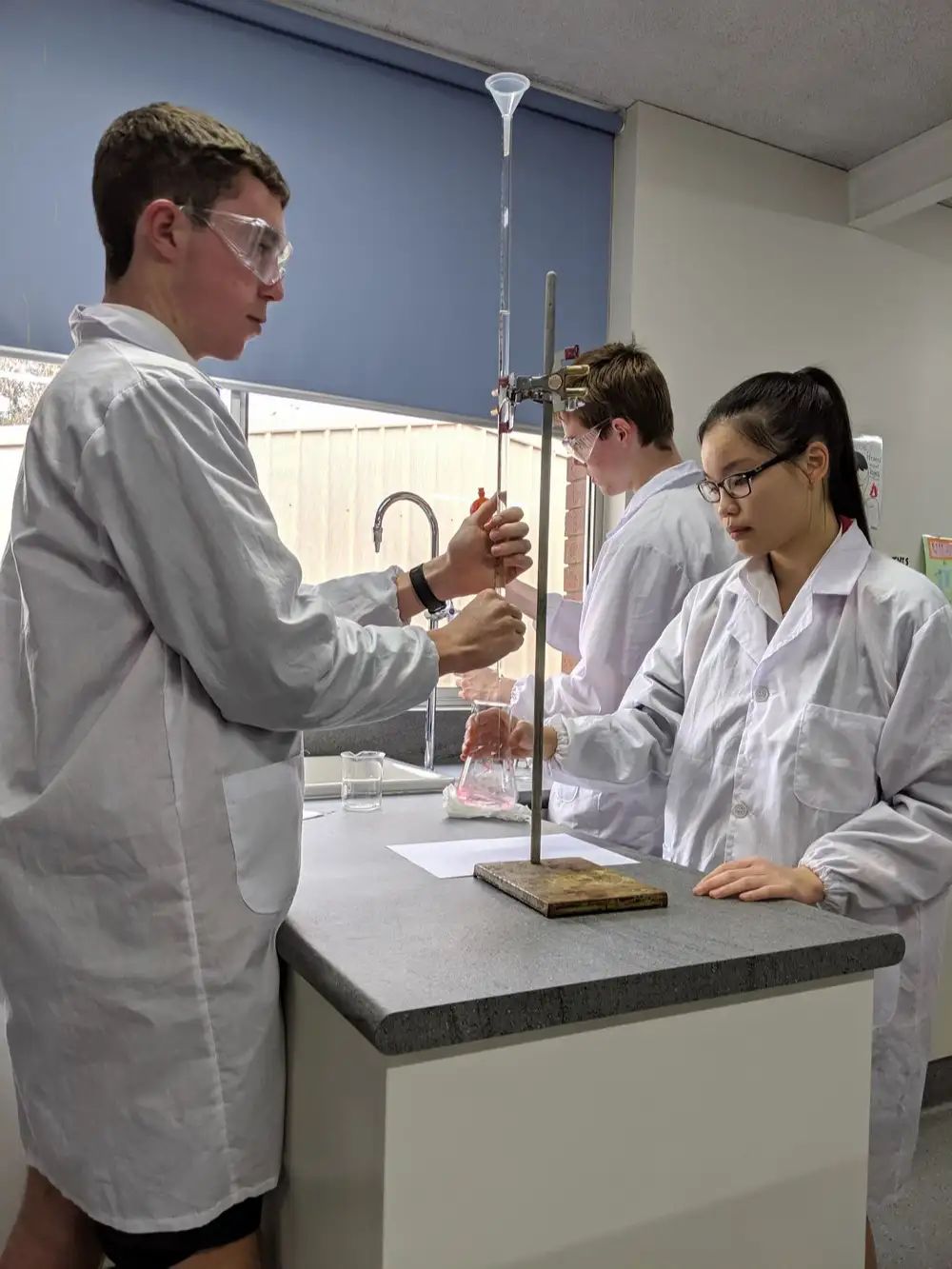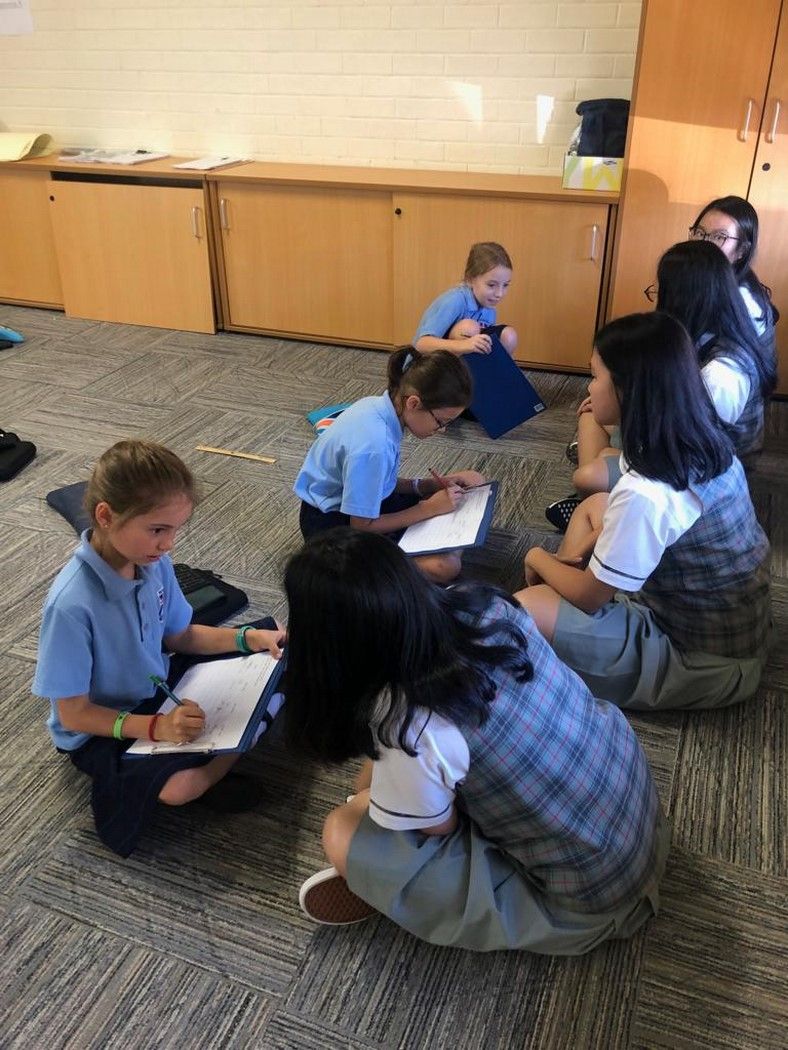The truth about kids and the educational systems they are in is that there is no cookie-cutter way that will work with every single child. What helps one kid understand the lesson better may be doing virtually no change for the other, maybe even leaving them more confused. As a teacher, this can get frustrating as it is a method of trial and error to find the perfect fit for everyone.
As an educator, you may have gone into the profession with an idea of your style of teaching. However, as you have or probably will realise eventually, it is something that you have to keep evolving and improving with every student that you encounter.
There is a nature of change when it comes to teaching styles based on accumulated knowledge and a pressing need to understand
how students learn. Teachers are constantly learning as well as to how they review every step of the way and figure out which methods and practices adhere best to their students’ learning needs.
Thankfully, researchers have now been able to pinpoint some of the most effective teaching styles that you can employ in your practice! We have prepared this comprehensive guide for all five of them. Read on to find out and master each one so that you can teach more effectively.

Why is it important to master all of the teaching styles?
The way you teach a student will cause a butterfly effect on the way your students cope with their academics. A certain teaching style can either help foster or inhibit their learning. Of course, there is the typical teaching style of reading textbooks out loud and preparing your teaching plan. However, how you put that study plan into practice will make all of the difference.
A study by the
Journal of Research & Method in Education was even able to find that an effective teaching style correlates with a student’s academic performance. The research uncovered that using communication and information technologies, such as making use of internet sources, affects the students’ achievements in comparison to the use of traditional teaching methods.
Teachers have their teaching styles, and students have their personal learning styles as well. Thus, this means that they have their prefered methods and backgrounds that influence how they process and absorb information. A recent 2019 study by
Eurasia Journal of Mathematics, Science and Technology Education further backs this claim up since they were able to find that the self-efficacy and motivation that teachers provide greatly impact their academic performance, especially in the field of science education.
Once you are well-versed with the various teaching styles, you will be able to know how you can tailor your approach depending on the learning needs of each student. This is even more vital to the student’s progress because, if you mismatch your approach with their learning style, the student may end up bored, discouraged, or even frustrated. Such feelings can lead to students losing interest in the subject altogether, and they may end up just not trying to learn at all.
The key to this is the diversified approach. An example of this is that teachers can assign a group task in combination with a lecture and an assignment that makes use of the internet.
So, what are the different learning styles that can improve your teaching efficiency?

Types of Teaching Styles and Methods
Authority Method
The authority method commonly manifests through the use of lectures, hence why it is also commonly called the lecture style. This type of teaching shifts its focus mainly on the teacher and features long lecture sessions. In this kind of teaching, students are expected to listen, take notes, and absorb knowledge.
What makes this a good teaching style is that it is common in places of higher-education, or lectures employed in auditorium settings that contain many students. This is best suited for subjects such as history, where students will need to remember key dates, names, facts, among many others.
A downside to this method is that it might not do as well in settings where you will have to teach children of younger age. Younger students need to be engaged and entertained so that they will pay attention to what you are teaching; otherwise, they can get bored and lose interest in the subject.
Demonstrator Method
The demonstrator style is all about coaching. It mixes the formal authority method with demonstrating, or showing the students what they need to learn and how it works. The demonstrator method is very similar to the authority method except that their lessons and classes incorporate activities, demonstrations, and other multimedia presentations.
This teaching style works because it engages students by adding in more exciting formats such as multimedia presentations that will grab their attention. Mixing these types of formats will become even more exciting and will help the students look forward to the lessons.
However, although this teaching method works well with subjects such as physical education, music, mathematics, or even arts and crafts, it is not a method that a teacher can employ in all sorts of topics. Some subjects may require memorisation and that calls for the authority method instead. When preparing your lesson plan for the semester, make sure that you accurately gauge which way will help your pupils learn better.
Facilitator Method
The facilitator style provides for a less hands-on approach. This calls to promote a self-learning method for students, which will foster their critical thinking skills and be able to retain knowledge because they took a more active part in learning it.
The facilitator style works well because it encourages students to take a more active role in learning by asking questions, and being the ones to find out the answers to them as well. Contrary to what you may think, the teachers still have a massive part in this as they have oversight as to how the whole learning process will go.
Although this is considered an excellent teaching style, it might not prosper as well in some situations because it can be challenging with some topics. It may be harder to measure tangible success when it comes to tests.
Delegator Method
For those subjects which are more lab-centric and require activities, the delegator style may be best suited. We commonly see this in science-based curricula, such as chemistry or biology. These can also be used in activities that require cooperation and warrant for feedback such as writing or debate.
The danger with this method is that it endangers teacher authority if not used with care. It is because, with this teaching style, the teacher takes on more of a consultant role, which can erode their authority in the view of their students.
Hybrid Method
Once you have mastered all of the prior methods, the hybrid method is one that has been found to work well in most educational situations. The hybrid or otherwise known as the blended style refers to an integrated approach of teaching and learning. It mixes the teachers’ personality along with that of the students’ needs while taking careful consideration of the appropriate methods as the curriculum calls for.
What makes this method effective is that it is inclusive. It empowers educators to tailor their styles that may not be typically prescribed, and incorporate it as per the student’s needs and the curriculum-appropriate ways.
A possible con to the hybrid method, though, is that there can be a risk of being too confusing and overwhelming for students. If you are trying on too many hats and trying to be too many things to your pupils, then the educator may run the risk of spreading too thin which can then result to an ineffective learning session for the students.
How do you know which type of teaching method to use?
The key here is to adapt to every situation. After a few meetings with your class, you should already have a feel for the type of students they are, and what seems to work best with them.
A quick way you can do this is to perform assessment tests now and then. You should take into consideration the performance of the students. If they are not performing well after employing a specific method, then it might be time to try out a different teaching style,
Other classifications that may help
Student-Centered Approach
Make no mistake; Even is this is a student-centred approach, the teacher is still the authority figure. However, the major identifier here is that both the students and the teachers have equal footing and play a similar role in the classroom.
Teacher-Centered Approach
In this approach, the teacher is poised as the authority and the expert that imparts his or her knowledge to the young students.
High-Tech Approach
The high-tech approach is when teachers use technology such as projectors, laptops, or tablets to foster learning. This can make education more accessible to students.
Low-Tech Approach
The low-tech approach is one of the traditional methods employed. One of its most significant advantages is that low-tech classrooms have been found to improve focus and concentration.
Why is it essential that you master your teaching style as you incorporate different teaching styles?
Mastering your kind of teaching style will build confidence in yourself because it is one that you know very well. Since you know your material well and you know how to teach it best, it has the positive effect of fostering active learning.
At
Rehoboth, our teachers have mastered all these teaching methods to help your child flourish with a well-rounded education. Drop by our site now and find out more about this safe, Christian space for children to learn.










